Fruits
Most people love fruit but not everyone is confident enough for growing fruits in the garden. Don’t let this deter you. We can help with tips on how to grow fruits and berries of all kinds. Whether a seasoned gardener or just starting out, creating an edible fruit garden is easy. From common types of fruit (strawberries, watermelons, etc.) to tropical fruit tree growing (lemons, kumquats, etc.), there’s something here for everyone. Use our tips on growing fruits in the garden and you'll be on your way to eating home-grown fruit of your very own.
Explore Fruits
-

Orange Fruit Varieties: Growing Fruits That Are Orange
Orange colored fruit isn’t limited to the citrus orange. There are plenty of other orange colored fruit varieties, each packing a healthful punch. Read on for more.
By Amy Grant
-
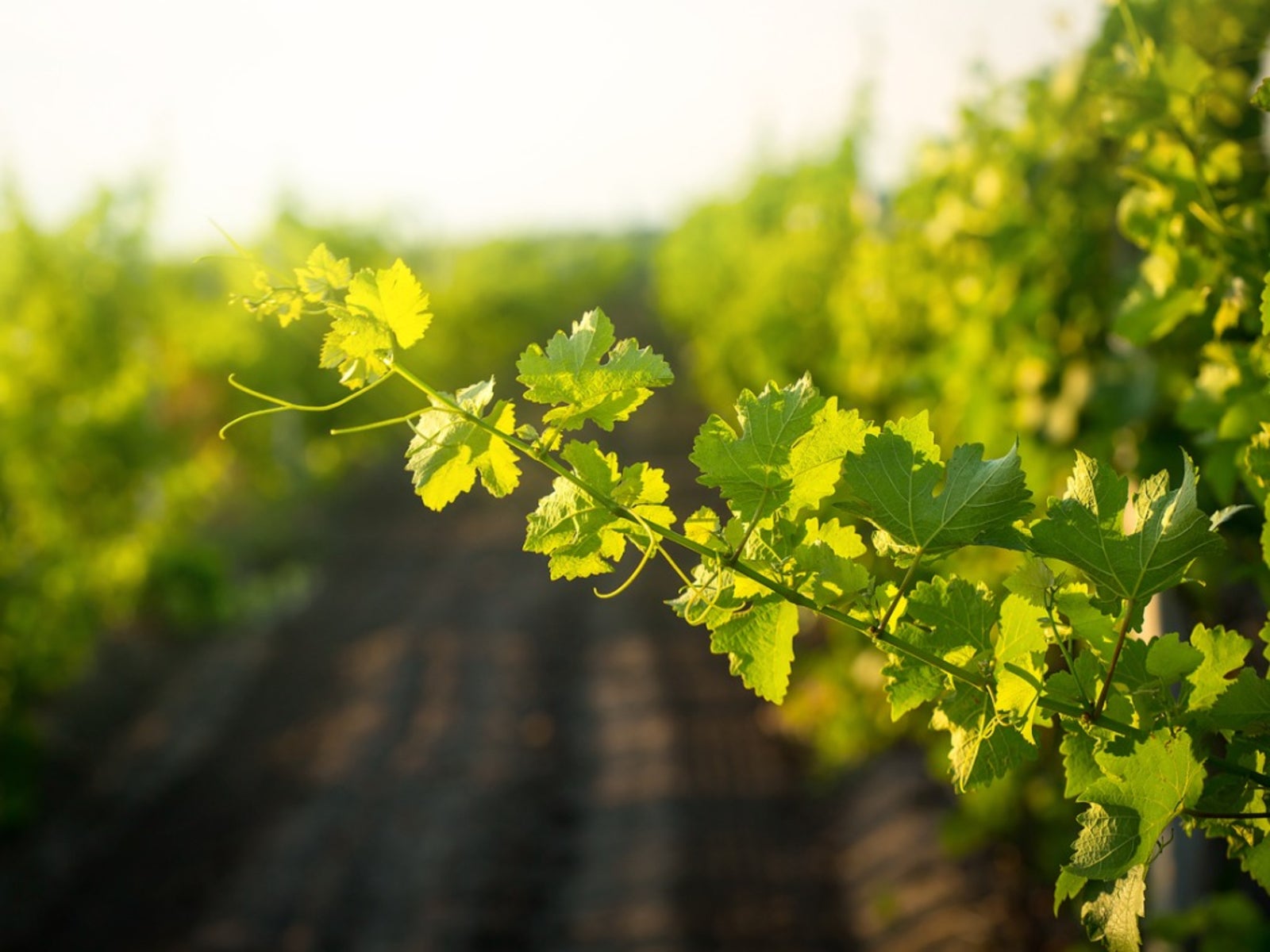
Mites On Grapevines: Tips For Controlling Grape Bud Mites
Whether you own a vineyard or have just a plant or two in the backyard, grapevine pests are a serious hazard. Some of these pests are grapevine bud mites. Click this article to learn more about mites on grapevines and grape bud mite control.
By Liz Baessler
-
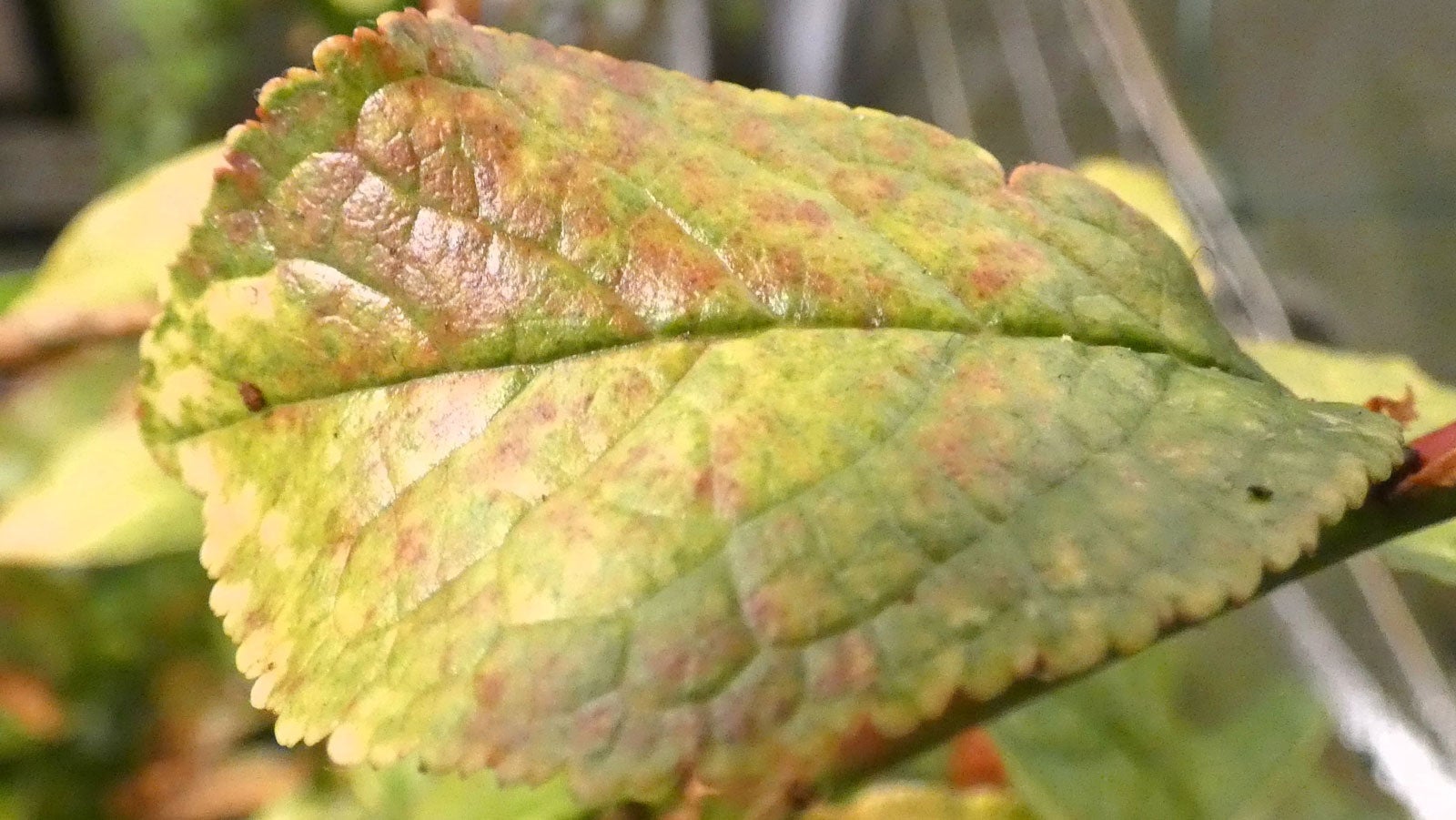
Control Of Plum Rust: How To Treat Rust On Plum Trees
Plum rust fungus is a problem for plum growers, often showing up every year from spring through autumn. Rust on plum trees generally isn’t deadly, but it can weaken the tree and affect fruit quality. For information on the control of plum rust, click this article.
By Mary H. Dyer
-
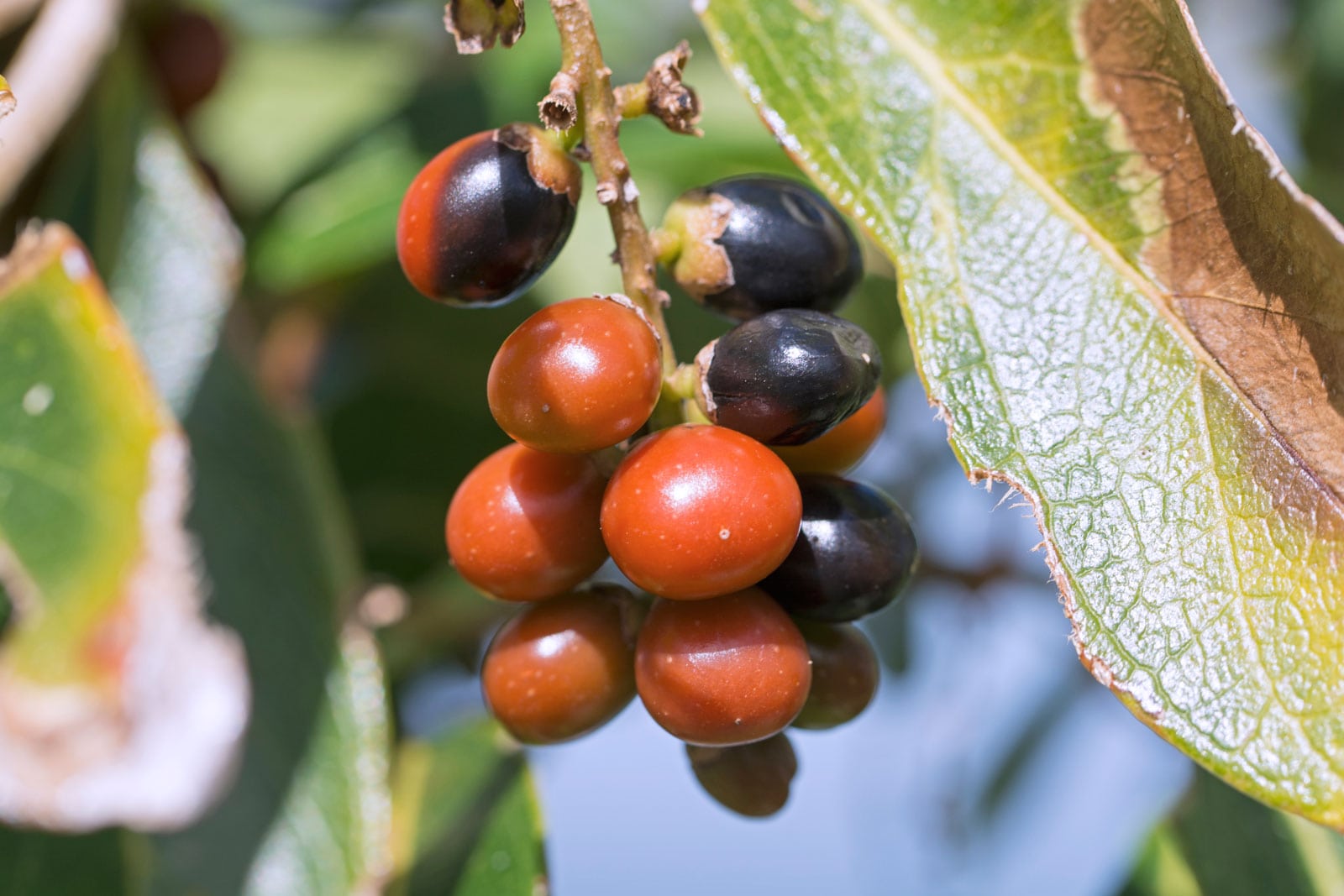
Common Guavaberry Plant Uses: What To Do With Rumberries
If you’re lucky enough to have access to a rumberry tree, you can use the blueberry-sized berries in a number of ways. Wondering what to do with rumberries? Click on this article for a few ideas to pique your creativity.
By Mary H. Dyer
-
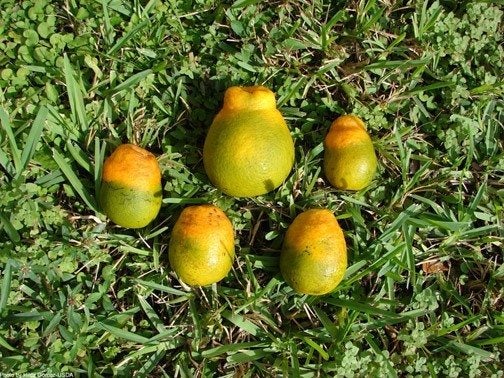
What Is Citrus Greening Disease: Saving Plants Affected By Citrus Greening
Do you know how to spot citrus greening disease symptoms? This disease is a serious problem for citrus trees. Read this article to learn more about this disease and how to treat it.
By Kristi Waterworth
-
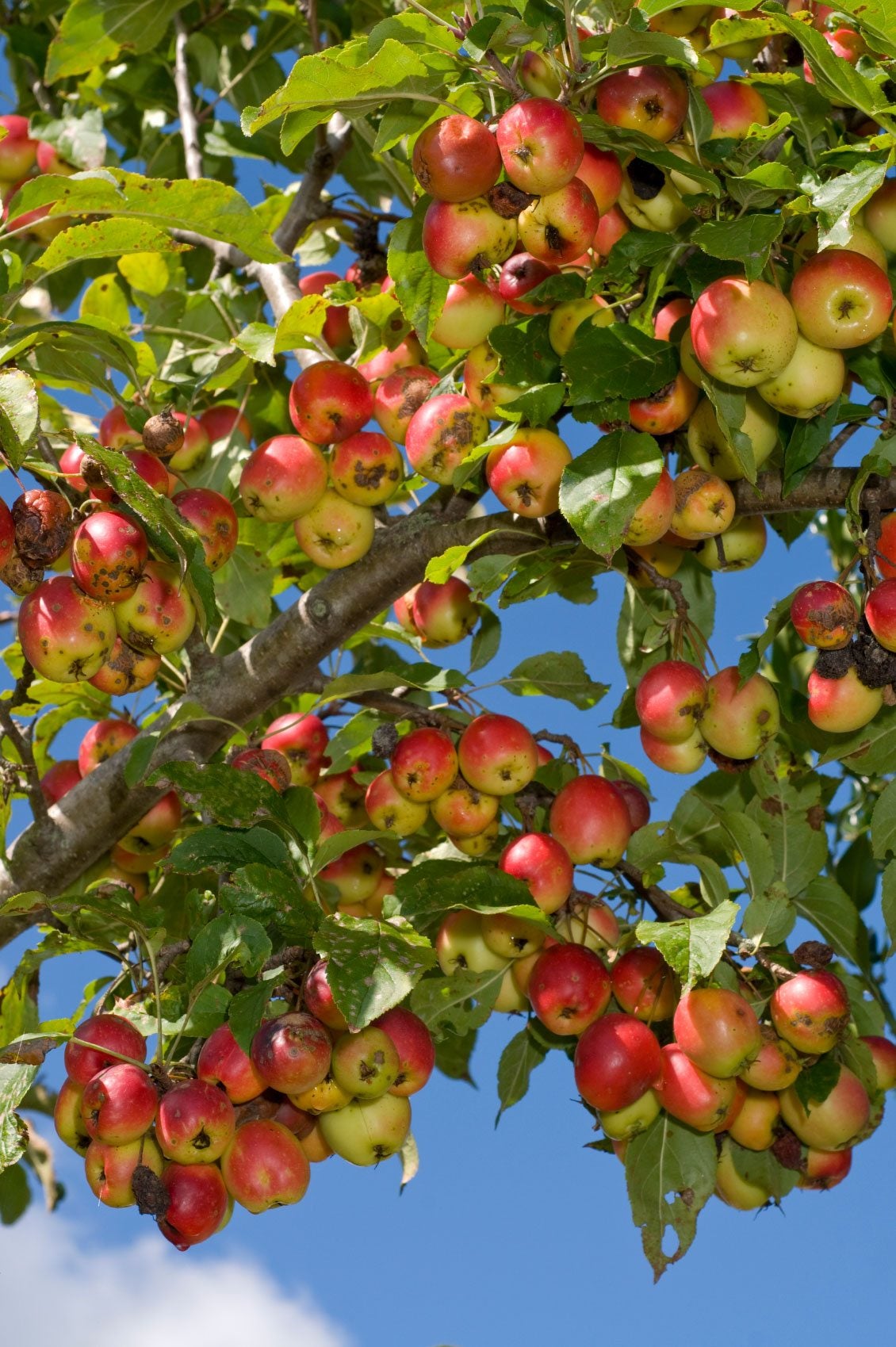
Fruit Tree Thinning: Reasons For Small Hard Fruit & Immature Fruit Drop
Fruit tree problems are common in trees that have been planted with good intentions but are then left to their own devices, especially when immature fruit drop occurs. Read this article to learn more.
By Kristi Waterworth
-
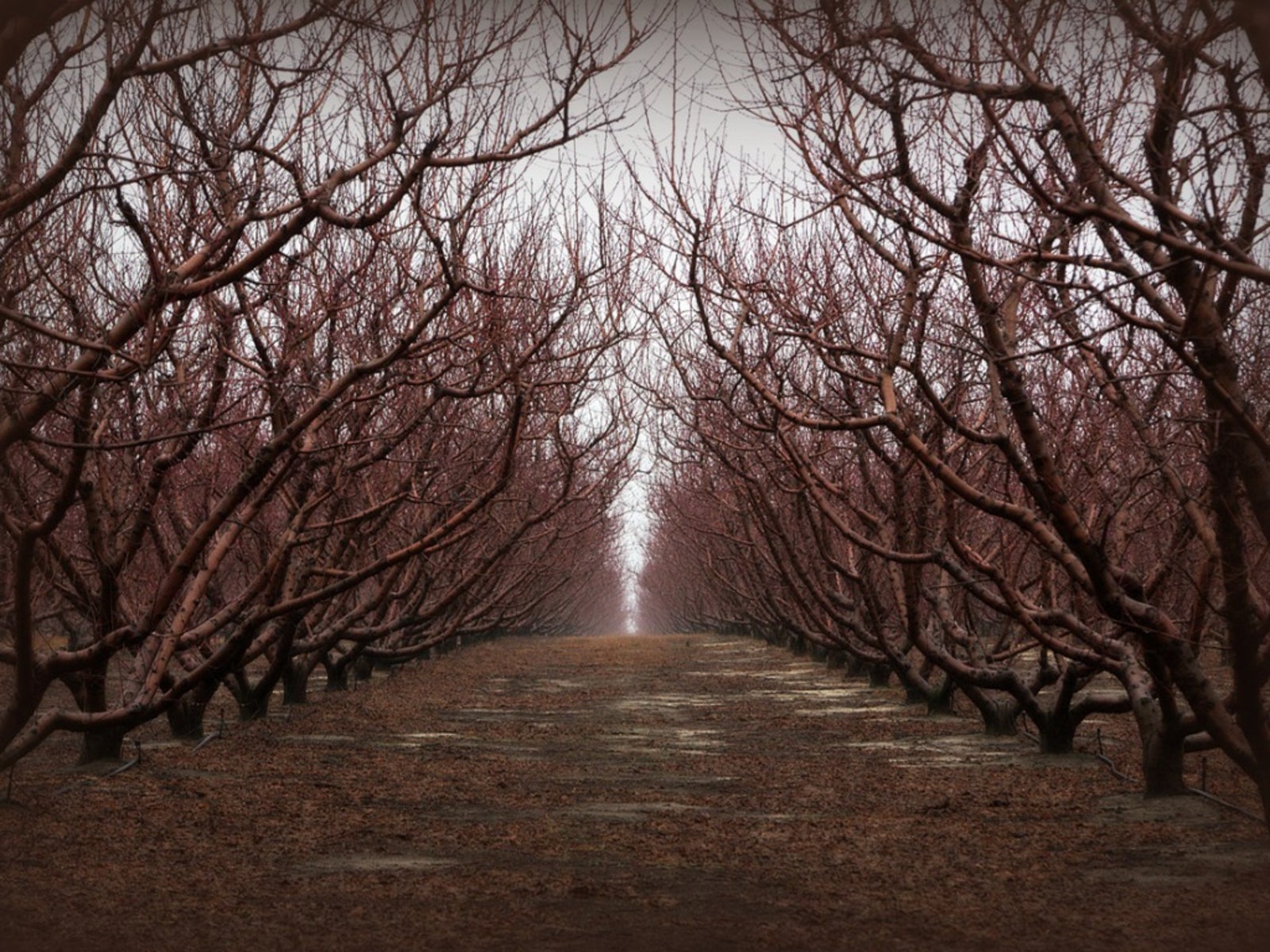
Is My Peach Tree Still Dormant: Help For Peach Trees Not Leafing Out
Peach trees not leafing out can be a serious problem that may leave you wondering if you've done something wrong. When a peach tree has no leaves, you can blame the weather. Read here to learn more.
By Jackie Carroll
-
Ariel Plum Trees – Tips For Growing Ariel Plums At Home
If you like gage plums, you’ll love growing Ariel plum trees which produce pinkish gage-like plums. The following Ariel plum tree information discusses how to grow and care for Ariel plums in the home garden. Click here to learn more.
By Amy Grant
-
What Is Oleocellosis? What Causes Spots On Citrus Fruit
Oleocellosis of citrus is not a disease but rather a phenomenon caused by mechanical injury that can occur any time during harvest, handling or marketing. The injury causes greenish/brown areas on the fruit’s peel. Learn more about it in this article.
By Amy Grant
-
Yellow Flesh Black Diamond Info – Yellow Black Diamond Watermelon Growing
Watermelons are some of the most quintessential summer fruits out there. One popular option is the Black Diamond Yellow Flesh melon. Click here to learn more about growing Yellow Flesh Black Diamond watermelon vines in the garden.
By Liz Baessler
-
What Is Grape Chlorosis – Treating Chlorosis Of Grape Leaves
Are your grape leaves losing color? It might be chlorosis of grape leaves. What is grape chlorosis and what causes it? The following article contains information on how to recognize the symptoms of grape chlorosis and its treatment.
By Amy Grant
-
All Sweet Watermelon Plant Info – Learn How To Grow All Sweet Melons In Gardens
When you get right down to it, there are a lot of watermelon varieties to choose from. But what if all you want is a good, vigorous, delicious, quintessential watermelon? Then watermelon "All Sweet" might be what you're after. Learn more in this article.
By Liz Baessler
-
Ali Baba Watermelon Care: Tips On Growing Ali Baba Melons
Not all watermelons are created equal, and taste and texture can vary among cultivars. With so many gardeners listing these as their favorites, it only makes sense to try growing Ali Baba melons. Click here for more information on Ali Baba watermelon care.
By Teo Spengler
-
Candy Crisp Apple Info: Learn How To Grow Candy Crisp Apples
If you love sweet apples like Honey Crisp, you might want to try growing Candy Crisp apple trees. Never heard of Candy Crisp apples? The following article contains Candy Crisp apple info on how to grow Candy Crisp apples in the landscape.
By Amy Grant
-
How To Treat Rugose Mosaic Disease: What Is Cherry Rugose Mosaic Virus
Cherries with rugose mosaic virus are unfortunately untreatable. Know the signs of rugose mosaic if you have cherry trees so you can remove diseased trees and prevent disease spread as soon as possible. This article will help with that.
By Mary Ellen Ellis
-
Delmarvel Information – Learn About Growing Delmarvel Strawberries
For folks living in the mid-Atlantic and southern United States, Delmarvel strawberry plants were at one time THE strawberry. It isn't any wonder why there was such hoopla over growing Delmarvel strawberries. To learn why, click the following article.
By Amy Grant
-
Tillamook Strawberry Facts – What Is A Tillamook Strawberry
If you decide to grow strawberries in your backyard garden, you may be overwhelmed by all the choices. There are many cultivars of this berry. If you want a high-yield plant that produces large, good-quality berries, try the Tillamook. Learn more in this article.
By Mary Ellen Ellis